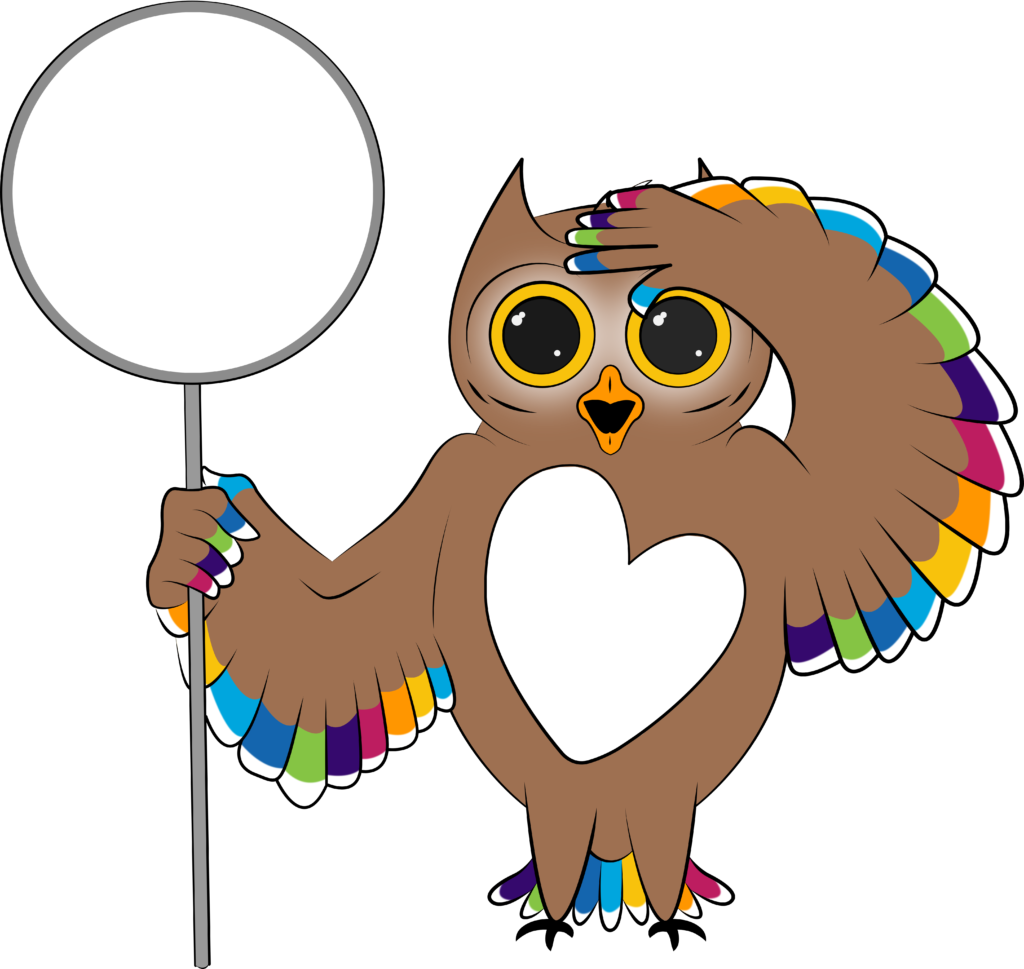
We thought you might like some of these guides!


Please Note - Each of the Content sections are links you can click on to take you to that specific part.

1 Type the name of the Project, Group or Organisation.
2 Share a brief description of what the aim of your Project is. Please note that this is just 100 characters – including spaces. Based on user feedback we recommend using an active word such as ‘Providing’, ‘Supporting’, ‘Facilitating’ at the start to help people gain an instant understanding of your purpose.

3& 3.1 The next line after is a drop-down box that allows you to choose the kind of organisation or Project you are creating the Profile for:

3.2 If you have selected: Charity, NFP, CIC or CIO – You will see this box for your Charity or Company Number:

Please Note: You can add and update the categories associated with your profile. You may select as many as you wish and will help anyone using ‘filters’ to find you.
1 There are a wide variety of categories for you to choose. You may select as many as you wish.
Note: If you are using a screen reader to use this guide, please note that once in the Category section in your dashboard the options should be read by your screen reader. (Please do give us feedback if you face any issues)

1.1 Your Main Category – If you have chosen more than one category then you can choose and updated this at any stage.

The next two sections allow you to choose how people might find you when they are searching:
1 Are your services:
You may select as many options that apply by clicking in the checkbox to the left of each option.

1.1 Thinking about the work that you do and the support that you provide or need. If someone was looking for a Project* like yours, would they search under:
You may select as many options that apply by clicking in the checkbox to the left of each option.

Please remember to click the ‘Save’ button whenever you make changes.

Project*: All charities, non-profits, community projects and organisations (or similar) that provide a free/low cost service or connection for people within a community.
Set up a Start Time and End Time for Your Event
There is a bit of magic that happens in the background. Once the date for the event has passed, the specific event profile automatically hides itself from the map (please note that if someone has the direct link to it, it is still visible).
However, it stays in your ‘dashboard’ so that you can re-use it in the future.
1 Here is where you can enter the Start Date and End Date of your Event – you can either type it in manually or click on the calendar icon to the right of the box, which will open up a calendar option for you to select your Start Date / End Date from.
2 This is how the calendar option will show for you, click on the small black arrow next to the month (i.e March 2023 on the graphic) to change the month, or use the two arrows in the top right corner to flick through the months in order. Then select the date once you are in the correct month.
3 Here is where you can enter the Start Time and End Time of your Event – you can either type it in manually or click on the clock icon to the right of the box, which will open up a drop down list option for you to select your Start Date / End Date from.
4 Here is how the dropdown list option will show for you, use your mouse, laptop touchpad or finger (on smartphones) to scroll up and down the two lists and select your Start Time / End Time

Last Updated: 28th March 2023
- END OF GUIDE -


We thought you might like some of these guides!

We are committed to making everything we do as accessible as possible, to as many people as possible. Our team always listens to feedback and if it is something that we can do, we will. Sometimes we are able to make changes immediately, at other times it may be a 'bigger' piece of Tech development, or we may need to do a piece of research first and it may take a little longer, and then there will be times when it is something that we can't do and for that we apologise.
Please Note Regarding Grammar & Accessibility:
Feedback from those with different abilities suggests that the use of punctuation can help them with reading and understanding. Therefore, our content and layout may not always be grammatically correct, we are doing this purposefully - working towards making it accessible for all.

Our team always listens and appreciates your feedback.
If you have feedback or suggestions as to how we can improve this guide, or the aDoddle Community Maps then please do get in touch. We genuinely do listen and all respectful feedback is appreciated.
We would also love to hear from you if there are things that you like or love about the maps or guides - it is wonderful for our team, who are mostly volunteers, to hear the good things as well and for them to know that their hard work is making a difference.
Thank you in advance for getting in touch.